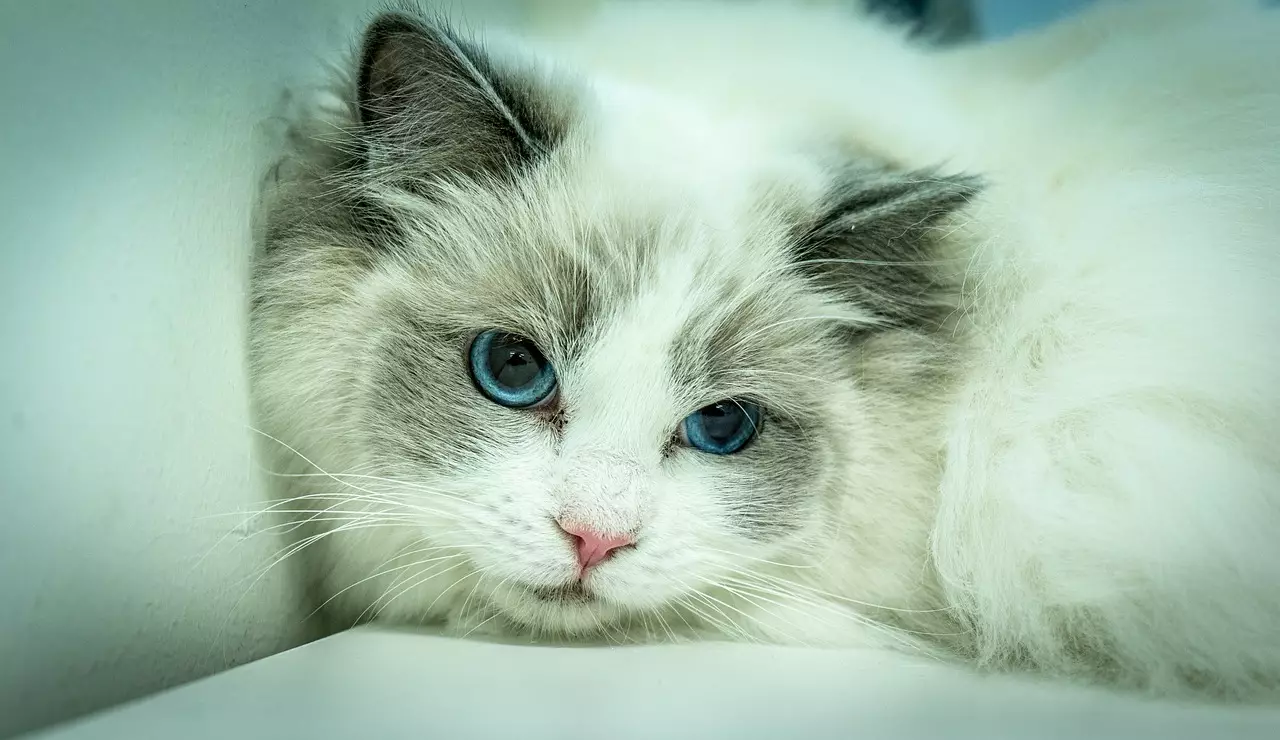In a world where cats are often appreciated for their aloof demeanor and mysterious silence, a select group of breeds defy this stereotype with their exuberance and expressive voices. These vocal breeds stand out not only for their ability to communicate but for their genuine desire to engage deeply with their human companions. For owners craving a bond that feels more like a lively dialogue than mere companionship, these cats are the ultimate choice. They turn everyday interactions into opportunities for conversation, making the relationship more interactive, energizing, and emotionally fulfilling.
Breaking the Silence: Breeds That Speak Their Minds
Among the most renowned vocal breeds, the Siamese captures attention with its commanding and melodious voice. Their loud, distinct calls serve as a constant reminder that they are eager participants in your life. These cats don’t just meow—they express a range of emotions, needs, and desires with clarity, making it impossible to ignore their presence. Such vocalization fosters a dynamic relationship where the Siamese feels genuinely involved in your daily routine. Their social nature demands reciprocation; they thrive on interaction, turning ordinary moments into lively exchanges.
Contrasting with the assertiveness of Siamese, breeds like the Maine Coon offer a softer, more melodious vocal experience. Often employing chirps, trills, and playful sounds, these gentle giants are surprisingly understated in their communication. Their vocalizations are less about demand and more about camaraderie, conveying friendliness and curiosity. Maine Coons exemplify how vocalization can be both an endearing trait and a means of establishing a comforting rapport, demonstrating that a loud voice isn’t necessary for a cat to be expressive.
Meanwhile, the Burmese subtly remind us that affection can be communicated through gentle vocal cues. With their sweet, soft meows, they seek attention and foster emotional bonds. These cats are highly affectionate, often vocalizing tenderly to show love or to alert you to their needs. Their modest yet persistent voice exemplifies a balanced approach—soft, but impactful—making them ideal for owners who cherish conversational intimacy without overwhelming noise.
The Expressive and Playful Vocal Personalities
Bengal cats stand out not just for their wild appearance but also for their energetic vocal range. Their sounds—meows, chirps, and even yowls—are a testament to their lively nature. Bengals use their voices to communicate excitement, curiosity, or the need to explore, resulting in a soundtrack of the household that reflects their active existence. Their vocal expressiveness exemplifies the playful spirit that makes them both fascinating and engaging.
The Sphynx, often associated with its striking appearance due to its lack of fur, surprises many with its talkative nature. Despite their hairless look, these cats are warm conversationalists, often initiating interaction with meows and creating ongoing exchanges that reflect their sociability and warmth. Their vocal tendencies reveal a desire for closeness, making them perfect for owners eager for a bouncy, talkative pet that breaks the silence with enthusiasm.
Not far behind, the Oriental Shorthair mirrors the Siamese’s vocal assertiveness but with even more clarity and volume. Their loud, siren-like meows are unmistakable and indicative of their desire to stay connected. They are unapologetically expressive, turning communication into an art form that enriches their owners’ lives with constant chatter. Their vocal confidence underscores their affectionate and extroverted personalities, emphasizing that communication is key to their happiness.
Subtle Vocalizations with Deep Connection
While many vocal breeds make their presence known through loud and assertive sounds, some demonstrate that softer, subtler vocalizations can be equally meaningful. Scottish Folds, for example, use gentle chirps and coos to communicate affection and curiosity. Their unique ear shape adds to their charm, but it’s their soft vocalizations that truly reveal their personalities. They are engaging and attentive, creating a sense of intimate language that elevates their role from pet to confidant.
Russian Blue cats are known for their reserved exterior, but within familiar surroundings, they reveal a surprisingly vocal side. Their soft, gentle voice often communicates their needs with subtlety, especially when forming bonds with trusted humans. This combination of quietness with soft vocal signals reflects a personality that values deep connections over constant noise, making them ideal for owners who prefer meaningful and nuanced interaction.
The Cornish Rex and Somali breeds showcase how vocal communication can be exuberant without being overwhelming. The Rex’s variety of meows and chirps paired with the Somali’s soft chatter add layers of expression to everyday life. These breeds thrive on engagement and love to vocalize their excitement and needs, injecting liveliness into their human’s routine. Their chatter becomes a form of art—an ongoing dialogue that enriches the bond and highlights their vivacious personalities.
Bringing in a breed like the Ragdoll expands the spectrum of vocal cats. Known for their docile and gentle nature, Ragdolls are surprisingly expressive, often vocalizing with soft, pleading meows when seeking attention. Their temperament makes each interaction a tender exchange, emphasizing that vocalization isn’t solely about volume but about emotional clarity and trust.
While some may view vocal cats as noisy, the truth is that they offer a level of companionship that is both warm and engaging. Each breed brings a distinctive style of communication—ranging from commanding grandiosity to gentle whisper—that invites owners into a more active, emotionally resonant relationship. The power of vocal cats lies in their ability to turn everyday moments into shared conversations, creating a living dialogue that is both invigorating and profoundly comforting.

